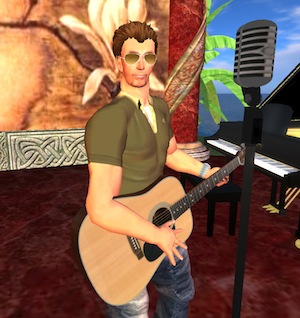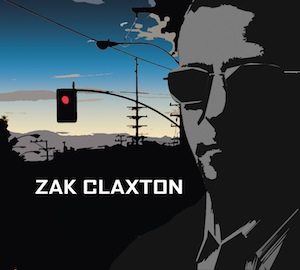What’s the difference between a car and a golf ball? Tiger can drive a ball 400 yards.
Tiger Woods wasn’t seriously injured in the crash, but he’s still below par.
What were Tiger Woods and his wife doing out at 2.30 in the morning? They went clubbing
Tiger Woods crashed into a fire hydrant and a tree. He couldn’t decide between a wood and an iron.
Apparently the police asked Tiger’s wife how many times she hit him. She said “I don’t know exactly but put me down for a 5.”
It was just reported that Phil Mickelson contacted Tiger’s wife to pick up some tips on how to beat Tiger.
Tiger Woods is so rich that he owns lots of expensive cars. Now he has a hole in one.
Tiger Woods has been dropped by Gillette after admitting that his crash was the closest shave he had ever had.
A movie is being developed base on events, titled “Crouching Tiger, Hidden Hydrant”.
EA Sports are releasing new Playstation game… “Tiger Woods 2010, Grand Theft Auto”
What does Tiger Woods have in common with baby seals? They both get clubbed by Norwegians.
After a wayward drive, Tiger Woods found water before nestling behind a tree.
Apparently, the only person who can beat Tiger Woods with a golf club is his wife.
Perhaps Tiger should be using a driver?

 Zak: I tend to create music for the sake of the music, as opposed to ulterior motives like fame or fortune. I can say for sure that I still have a lot of music inside of me that has yet to emerge. I’ve begun writing songs for a second solo album, which I intend to start working on in early 2010. But on an immediate basis, my self-titled debut album is just coming out now, so I have some stuff to do to help promote it. In that regard, I will be doing some live shows in real life, and we’re making an effort to get terrestrial radio airplay here in the USA in addition to the Internet radio play we get on stations like IndieSpectrum Radio and SL Live Radio. While I’m not fooling myself into thinking my album will be some massive pop hit, I still want to do the things that will at least give it a chance to get heard, so the current focus is in that regard. I’m working closely with Kat on this stuff, since we’re partnering in a record label called Frothy Music to do the release of my album.
Zak: I tend to create music for the sake of the music, as opposed to ulterior motives like fame or fortune. I can say for sure that I still have a lot of music inside of me that has yet to emerge. I’ve begun writing songs for a second solo album, which I intend to start working on in early 2010. But on an immediate basis, my self-titled debut album is just coming out now, so I have some stuff to do to help promote it. In that regard, I will be doing some live shows in real life, and we’re making an effort to get terrestrial radio airplay here in the USA in addition to the Internet radio play we get on stations like IndieSpectrum Radio and SL Live Radio. While I’m not fooling myself into thinking my album will be some massive pop hit, I still want to do the things that will at least give it a chance to get heard, so the current focus is in that regard. I’m working closely with Kat on this stuff, since we’re partnering in a record label called Frothy Music to do the release of my album. Zak: Lots and lots of mistakes to avoid. First and foremost, check your ego at the door, as Quincy Jones once famously said. I’ve seen a number of musicians come into SL thinking they should be the hot ticket from day one, since they have a bit of real life experience as a musician. But as I mentioned earlier, there’s actually a pretty deep talent pool in SL, and like any music scene you’re trying to break into, you have some dues to pay in terms of getting recognized.
Zak: Lots and lots of mistakes to avoid. First and foremost, check your ego at the door, as Quincy Jones once famously said. I’ve seen a number of musicians come into SL thinking they should be the hot ticket from day one, since they have a bit of real life experience as a musician. But as I mentioned earlier, there’s actually a pretty deep talent pool in SL, and like any music scene you’re trying to break into, you have some dues to pay in terms of getting recognized.
Recent Comments